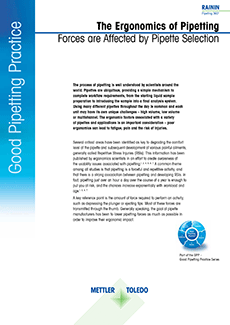 |
Using the 0.5 to 20 μL Liquidator™ 96
Quantitative PCR (qPCR) is a common application in biological and biomedical laboratories for detecting and quantifying specific nucleic acid templates in complex sample mixtures. Generally, qPCR is carried out in one of two ways:
- qPCR is carried out in the presence of specific molecular dyes that bind to amplified DNA molecules, whereupon they fluoresce. The fluorescence of these dye molecules is then detected and optically measured in a qPCR machine.
- qPCR is performed using nucleic acid probes, which are complementary to the nucleic acid template of interest and emit fluorescence by binding to amplified DNA molecules, or by being degraded by DNA polymerases.
Learn how Liquidator 96 is used for both dye- and probe-based qPCR protocols while enhancing qPCR setup.








